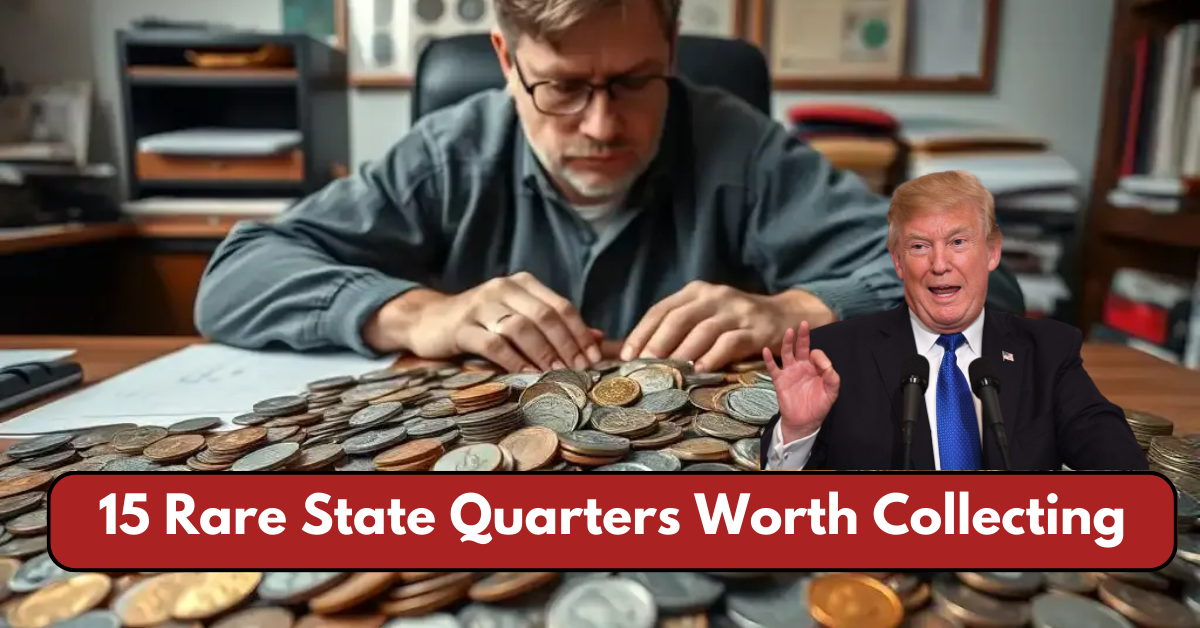The U.S. Mint’s 50 State Quarters Program, which ran from 1999 to 2008, was one of the most popular coin series in U.S. history. While most quarters are only worth their face value, some have become highly collectible due to rare minting errors or limited production runs. Here are 15 of the rarest and most valuable state quarters you might find in circulation.
1. 1999-P Delaware “Spitting Horse” Quarter
This quarter features Caesar Rodney on horseback, but some coins have a die crack extending from the horse’s mouth, making it appear as if the horse is “spitting.” These errors can be worth between $10 and $20 depending on condition.
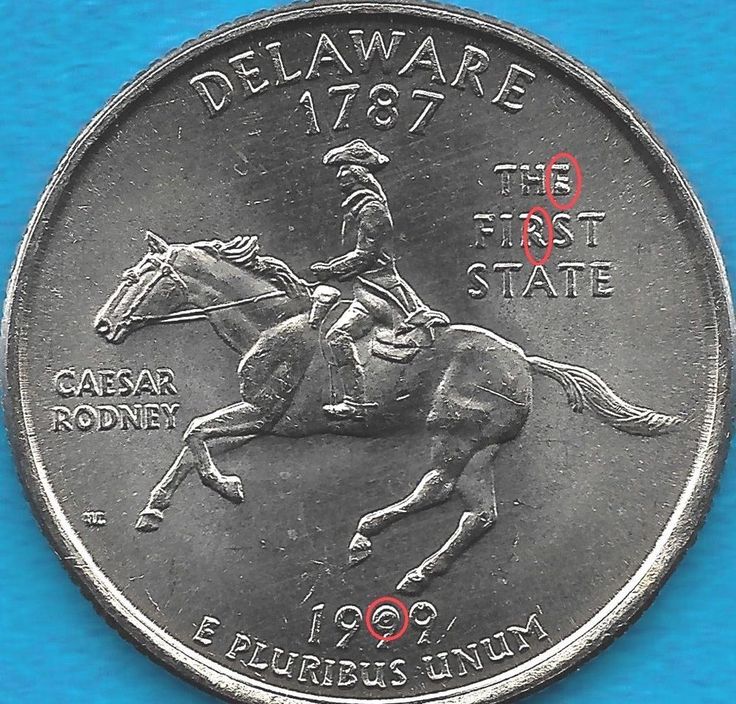
2. 2004-D Wisconsin “Extra Leaf” Quarter
A small number of Wisconsin quarters feature an extra leaf on the ear of corn—either a “high” or “low” leaf variation. These error coins have been auctioned for up to $2,530.
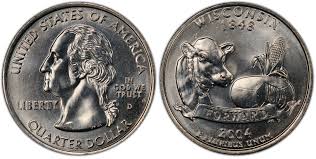
3. 2005-P Minnesota “Extra Tree” Quarter
Due to a die doubling error, some Minnesota quarters appear to have an extra tree near the reverse side’s forest design. These can be valued at $50 or more.

4. 2006-P Nevada “Double Die” Quarter
Certain Nevada quarters have doubled die errors, where inscriptions or elements appear duplicated. These can fetch significant premiums among collectors.
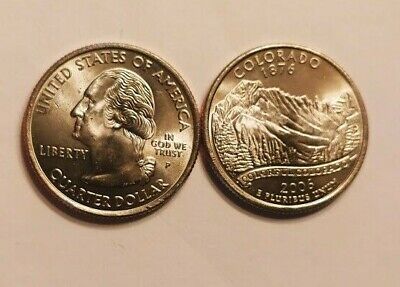
5. 2000-P South Carolina “Off-Center Strike” Quarter
Off-center strikes occur when a coin isn’t properly aligned during minting. South Carolina quarters with this error can range from $100 to several hundred dollars.
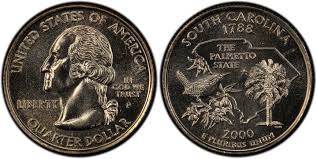
6. 2005-P Kansas “In God We Rust” Quarter
A grease-filled die caused some Kansas quarters to display the phrase “In God We Rust” instead of “In God We Trust.” These can be worth between $50 and $100.
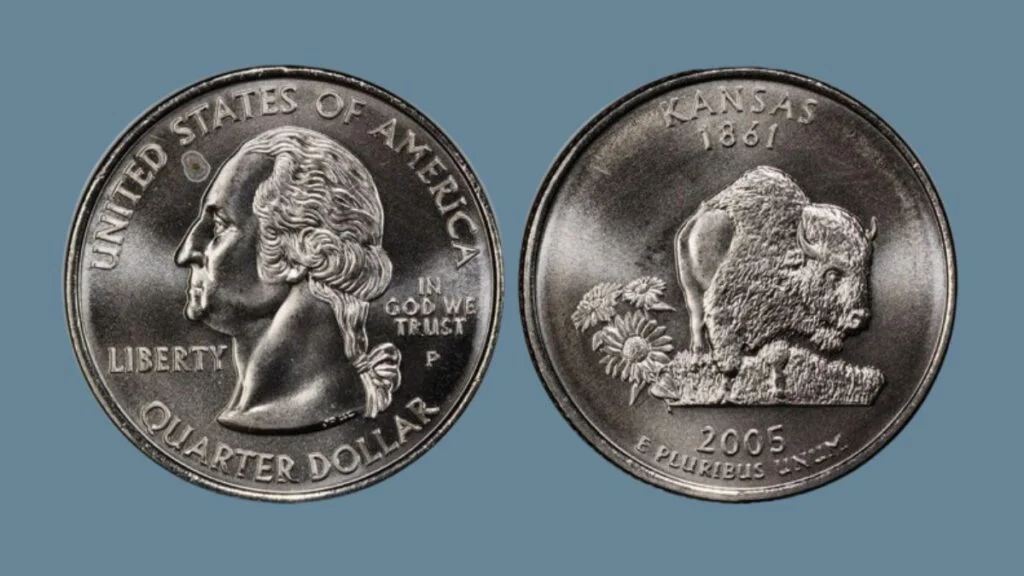
7. 1999-P Georgia “Clashed Die” Quarter
Clashed die errors occur when the dies hit each other without a coin between them, leaving imprints on the next coin struck. Georgia quarters with this error can be worth around $20 to $50.
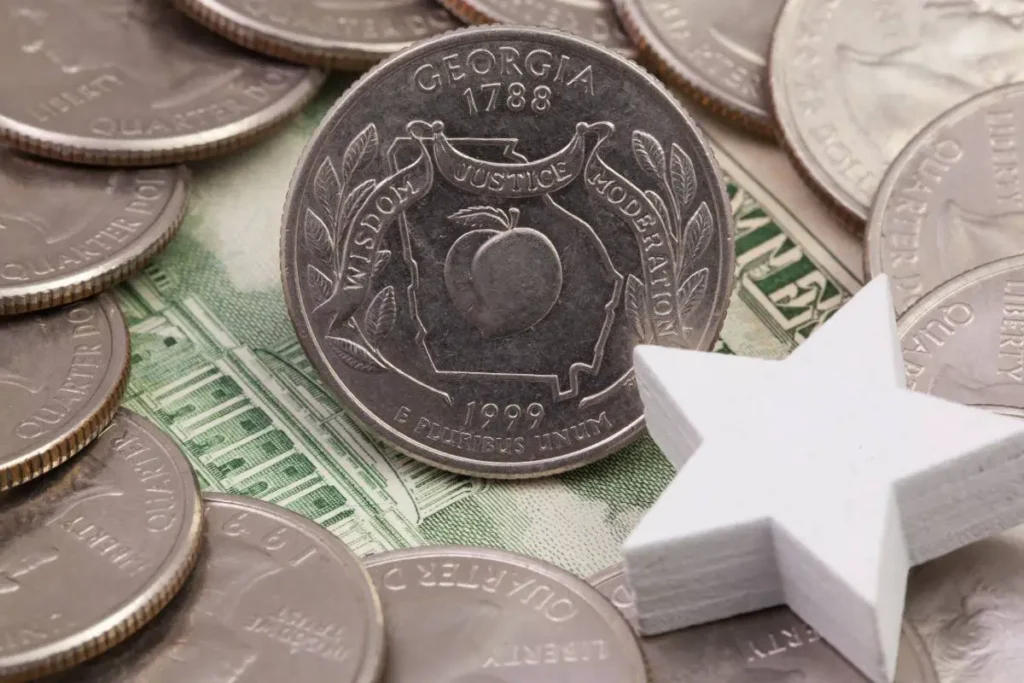
8. 2007-P Idaho “Missing Clad Layer” Quarter
Some Idaho quarters were struck without their outer nickel-copper clad layer, exposing the copper core. These error coins can be worth from $150 to $300.
9. 2000-P Maryland “Double Strike” Quarter
Double strike errors occur when a coin is struck twice, causing an overlapping design. Maryland quarters with this error can sell for between $500 and $1,000.
10. 2008-P Oklahoma “Die Crack” Quarter
Die cracks happen when a minting die develops fractures, leading to raised lines on the coin. Oklahoma quarters with visible die cracks are worth around $10 to $20.
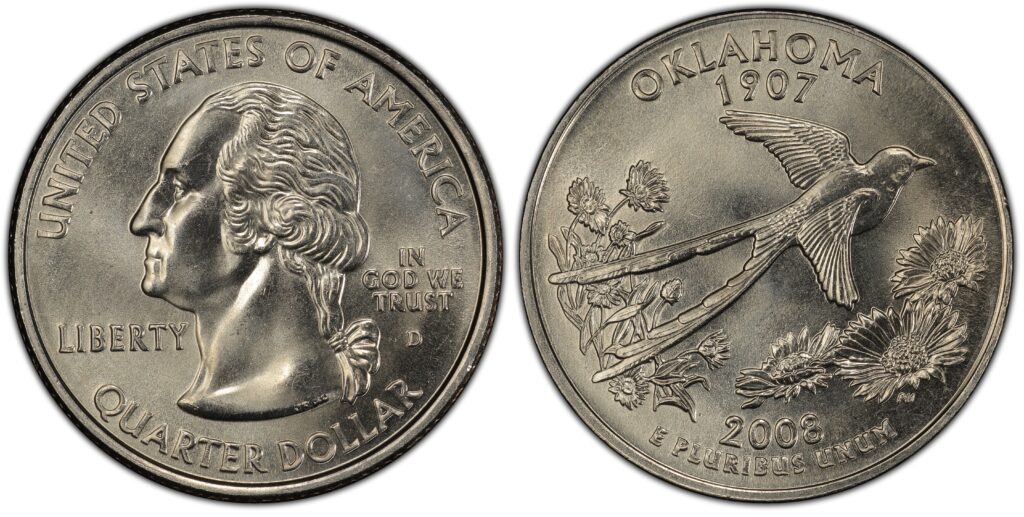
11. 2004-P Iowa “Missing Mint Mark” Quarter
A small number of Iowa quarters were produced without the “P” mint mark. These rare finds can range in value from $100 to $300.
12. 2003-P Maine “Partial Collar” Quarter
A partial collar error occurs when a coin is struck while partially out of place in the collar die, leading to a deformed edge. These Maine quarters can fetch between $50 and $150.
13. 2002-P Ohio “Broad Strike” Quarter
Broad strike errors happen when a coin is struck without the collar holding it in place, resulting in an expanded diameter. Ohio quarters with this error can be worth between $100 and $250.
14. 2001-P Kentucky “Cud Error” Quarter
A cud error results from a die break, leading to a raised blob of metal on the coin. Kentucky quarters with prominent cud errors can be valued between $50 and $100.
15. 1999-P Connecticut “Struck Through Grease” Quarter
When grease clogs the die during minting, certain details of the design may be missing. Connecticut quarters with missing details from this error can be worth $20 to $50.
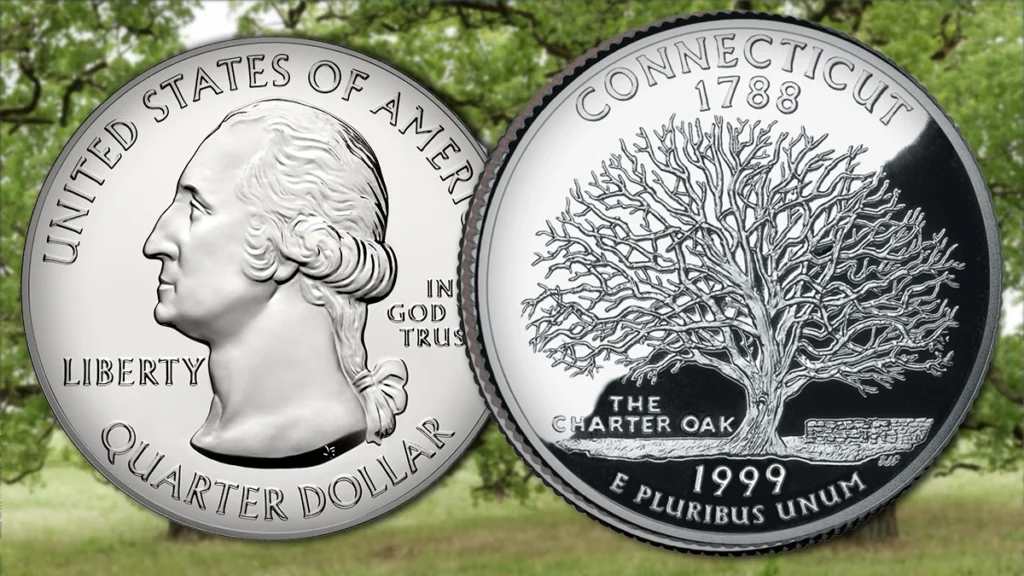
How to Identify and Sell These Rare Quarters
If you suspect you have a rare quarter, consider these steps:
- Examine the Coin Carefully: Use a magnifying glass to check for errors and date details.
- Compare with Online References: Websites like the U.S. Mint and PCGS CoinFacts provide resources for identifying rare coins.
- Get Your Coin Graded: Sending your coin to a professional grading service such as NGC or PCGS can verify its authenticity and value.
- Sell Through Trusted Dealers or Auctions: Platforms like Heritage Auctions and eBay are common marketplaces for rare coins.
Final Thoughts
While the majority of state quarters remain worth only 25 cents, certain minting errors and low-mintage variations have made some incredibly valuable. Whether you are an avid collector or someone just checking their spare change, keeping an eye out for these rare quarters could prove rewarding.
Do you have any of these valuable state quarters? If so, you might be holding onto a small fortune in your pocket!
This article has been carefully fact-checked by our editorial team to ensure accuracy and eliminate any misleading information. We are committed to maintaining the highest standards of integrity in our content.

Premlata is a seasoned finance writer with a keen eye for unraveling complex global financial systems. From government benefits to energy rebates and recruitment trends, she empowers readers with actionable insights and clarity. When she’s not crafting impactful articles, you can find her sharing her expertise on LinkedIn or connecting via email at [email protected].

